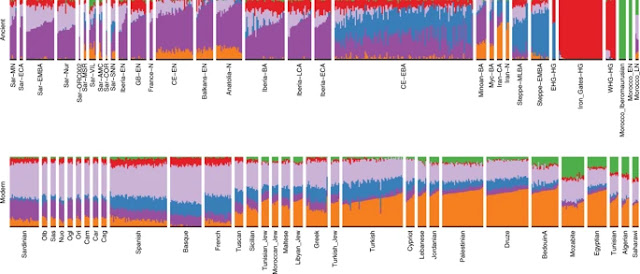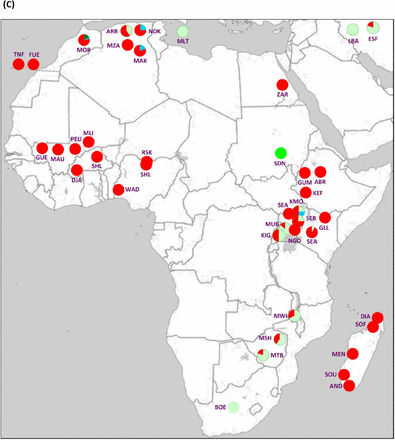A new paper compares simulated galaxy formation in cold dark matter (CDM), self-interacting dark matter (SIDM), and warm dark matter (WDM) models. In the simulation, SIDM models produce galaxies at about the same time as CDM models, while WDM models produce galaxies much later.
Empirically, galaxies are observed to form significantly earlier than predicted in CDM models. This is called the "impossible early galaxies" problem. But, according to this stimulation, self-interacting dark matter models do not to solve the slow galaxy formation problem found in CDM models, and warm dark matter models have the same late galaxy formation problem as CDM models, but one of that is much worse in magnitude, because galaxies form more slowly in WDM models than in CDM or SIDM models.
This is also a big problem for the dark matter paradigm generally, because the CDM model does not produce the galaxy scale inferred dark matter distributions that are observed. This is the main problem that the SIDM and WDM models were devised to solve and is why these two dark matter theories are the most promising dark matter particle theories currently being considered.
Of the two, WDM was more attractive than SIDM in many respects, because WDM requires just one kind of dark matter particle, while SIDM requires both a new fundamental dark matter particle and a new dark matter interaction force carrying particle and more free parameters. Also, WDM might have been possible to tie into neutrino physics and the hints of a possible sterile neutrino in measurements of neutrinos oscillations at nuclear reactors.
But, each of these solutions to the galaxy scale problems of CDM (and neither SIDM nor WDM really do a great job of solving that) fails to address the impossible early galaxies problem of CDM. SIDM provides no improvement on this front, and WDM makes the impossible early galaxies problem of CDM significantly worse. So, this paper is a meaningful blow to WDM theories and provides no signs of encouragement for SIDM theories, which an optimist who had not seen the simulation data might have wishfully hoped could have solved the impossible early galaxies problem in addition to improving the galaxy scale behavior of CDM theories.
The paper and its abstract are as follows:
Local Group star formation in warm and self-interacting dark matter cosmologies
(Submitted on 25 Feb 2020)
The nature of the dark matter can affect the collapse time of dark matter haloes, and can therefore be imprinted in observables such as the stellar population ages and star formation histories of dwarf galaxies. In this paper we use high resolution hydrodynamical simulations of Local Group-analogue (LG) volumes in cold dark matter (CDM), sterile neutrino warm dark matter (WDM) and self-interacting dark matter (SIDM) models with the EAGLE galaxy formation code to study how galaxy formation times change with dark matter model. We are able to identify the same haloes in different simulations, since they share the same initial density field phases. We show that the stellar mass varies systematically with resolution by over a factor of two, in a manner that depends on the final stellar mass. The evolution of the stellar populations in SIDM is largely identical to that of CDM, but in WDM early star formation is instead suppressed. The time at which LG haloes can begin to form stars through atomic cooling is delayed by∼ 200~Myr in WDM models compared to CDM. 70~per~cent of WDM haloes of mass>108M⊙ collapse early enough to form stars beforez=6 , compared to 90~per~cent of CDM and SIDM galaxies. It will be necessary to measure stellar ages of old populations to a precision of better than 100~Myr, and to address degeneracies with the redshift of reionization, in order to use these observables to distinguish between dark matter models.





